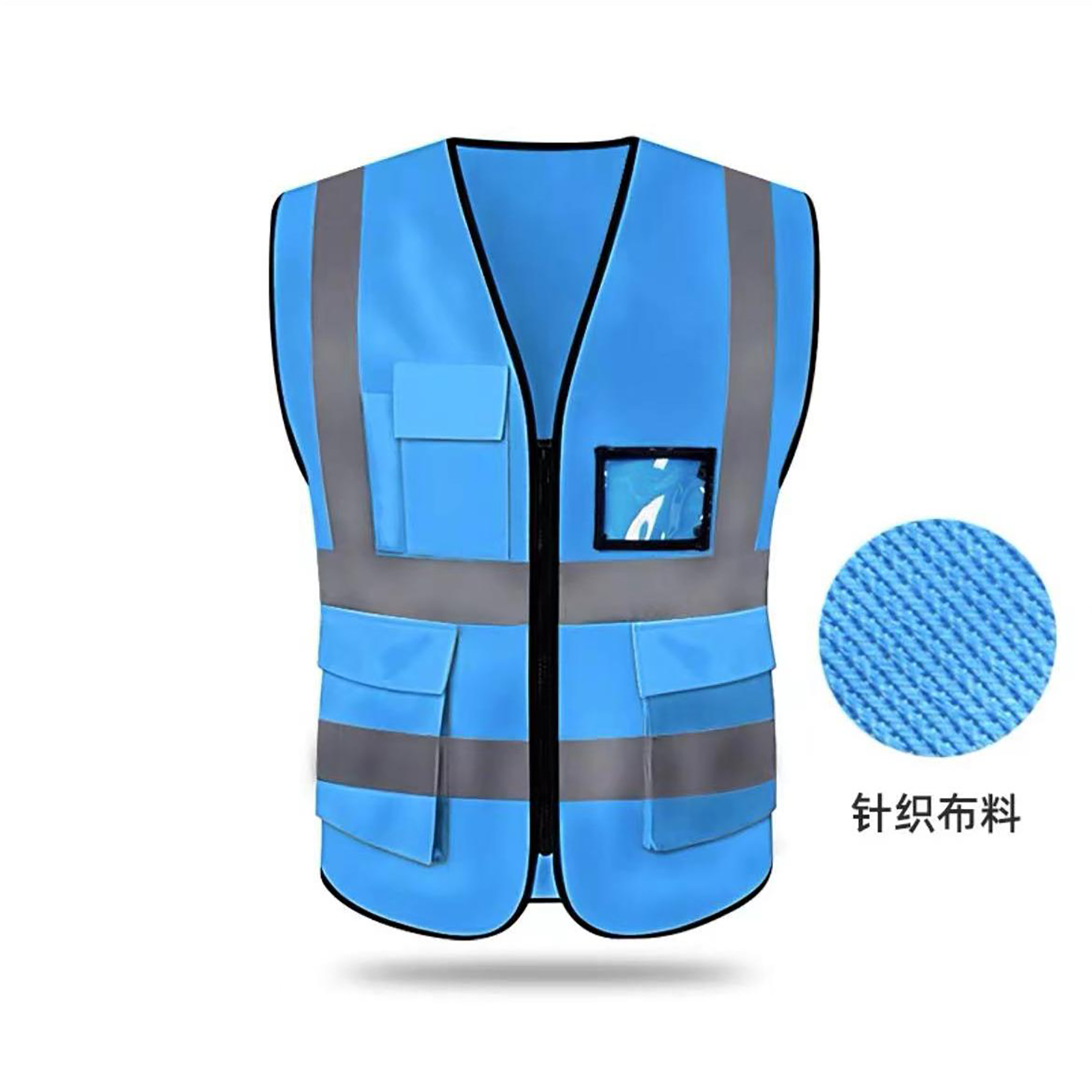- Afrikaans
- Albanian
- Arabic
- Armenian
- Basque
- Belarusian
- Bengali
- Bulgarian
- Croatian
- Czech
- Danish
- Dutch
- English
- Esperanto
- Finnish
- French
- German
- Greek
- Hebrew
- Hindi
- Indonesian
- irish
- Italian
- Japanese
- Javanese
- kazakh
- Rwandese
- Korean
- Kyrgyz
- Latin
- Latvian
- Luxembourgish
- Malay
- Myanmar
- Nepali
- Persian
- Polish
- Portuguese
- Romanian
- Russian
- Serbian
- Slovak
- Spanish
- Swedish
- Tagalog
- Tajik
- Turkish
- Ukrainian
- Uzbek
- Vietnamese
Aug . 12, 2024 20:06 Back to list
Essential Protective Gear for Ensuring Worker Safety in Industrial Environments and Hazardous Conditions
Industrial Safety Clothing Essential Protection for Workers
In various industries, ensuring the safety of employees is paramount. Industrial safety clothing plays a crucial role in providing protection against a range of hazards that workers may encounter in their daily tasks. From construction sites to factories, the right clothing can mean the difference between safety and serious injury. This article explores the significance of industrial safety clothing, its types, and the regulations that govern its use.
The Importance of Industrial Safety Clothing
Industrial safety clothing is designed to protect workers from specific risks associated with their jobs, which can include exposure to hazardous materials, extreme temperatures, and physical injuries. In environments such as construction sites, factories, and laboratories, workers face numerous dangers, including falling objects, electrical hazards, chemical spills, and cuts or abrasions. Proper safety clothing mitigates these risks, providing individuals with a layer of defense against potential injuries.
Furthermore, industrial safety clothing not only protects the body but also enhances visibility. High-visibility garments, often brightly colored and equipped with reflective strips, are critical for workers in low-light or high-traffic areas. These garments ensure that workers are easily seen, reducing the likelihood of accidents and collisions.
Types of Industrial Safety Clothing
1. Personal Protective Equipment (PPE) This category includes items such as helmets, gloves, goggles, face shields, and ear protection. Each piece of equipment is designed to safeguard specific parts of the body from particular hazards. For instance, helmets protect the head from falling objects, while gloves shield the hands from chemicals and sharp tools.
2. High-Visibility Clothing As mentioned earlier, high-visibility clothing is essential in occupations that require workers to be seen clearly, particularly in construction and roadwork. These garments often incorporate bright colors such as neon yellow or orange, paired with reflective materials to enhance visibility in all lighting conditions.
industrial safety clothing

3. Flame-Resistant Clothing In industries like oil and gas, having flame-resistant clothing is crucial. These garments are made from materials that resist ignition and insulate the wearer from heat. They are essential for protecting workers who may be exposed to flames or high-heat environments.
4. Chemical-Resistant Clothing Workers in roles involving hazardous chemicals require specialized clothing that offers protection from spills and splashes. This includes items like chemical-resistant suits, gloves, and boots made from impermeable materials that prevent harmful substances from contacting the skin.
5. Thermal Protection In sectors such as refrigeration, food processing, and in cold climates, thermal protection is vital. Insulated clothing, including jackets, gloves, and thermal bibs, helps maintain body temperature and prevent hypothermia in cold environments.
Regulations and Standards
The use of industrial safety clothing is often mandated by occupational safety and health regulations. For instance, organizations such as the Occupational Safety and Health Administration (OSHA) in the United States set standards that employers must follow to ensure worker safety. These regulations dictate the types of safety clothing required based on specific job roles and associated risks.
Employers are responsible for providing appropriate safety clothing to their employees at no cost. Regular training on the proper use and maintenance of this clothing is also essential to ensure its effectiveness.
Conclusion
In conclusion, industrial safety clothing is a vital component of workplace safety strategies across various industries. By providing necessary protection against physical and chemical hazards, enhancing visibility, and adhering to safety regulations, these garments play a crucial role in safeguarding workers' health and well-being. Investing in quality industrial safety clothing not only protects employees but also fosters a culture of safety within the workplace, ultimately leading to increased productivity and morale. As industries continue to evolve, adherence to safety standards and ongoing education will remain essential in protecting the workforce.
-
Work Reflective Vest: A Silent Guardian of Security
NewsJul.10,2025
-
Vest Reflective Safety: A Safety Lighthouse in Low Light and High Traffic Environments
NewsJul.10,2025
-
Soft Cotton Polo Shirts: A Fashionable and Practical Choice for Multiple Scenarios
NewsJul.10,2025
-
Soft Cotton Polo Shirts: A Fashionable and Practical Choice for Multiple Fields
NewsJul.10,2025
-
Reflective Vest: The Light of Industry and Outdoor Safety Protection
NewsJul.10,2025
-
Polo Shirt: A versatile and fashionable item that can be worn in one outfit
NewsJul.10,2025




